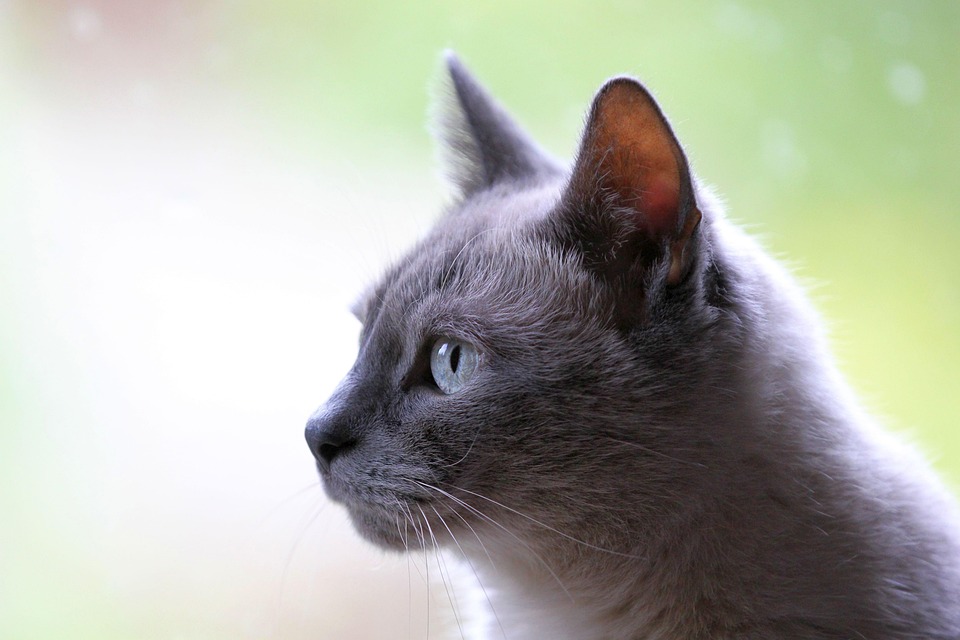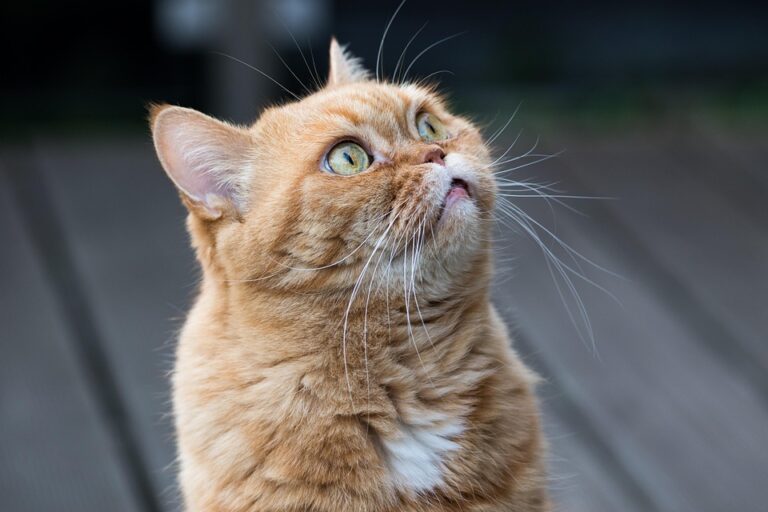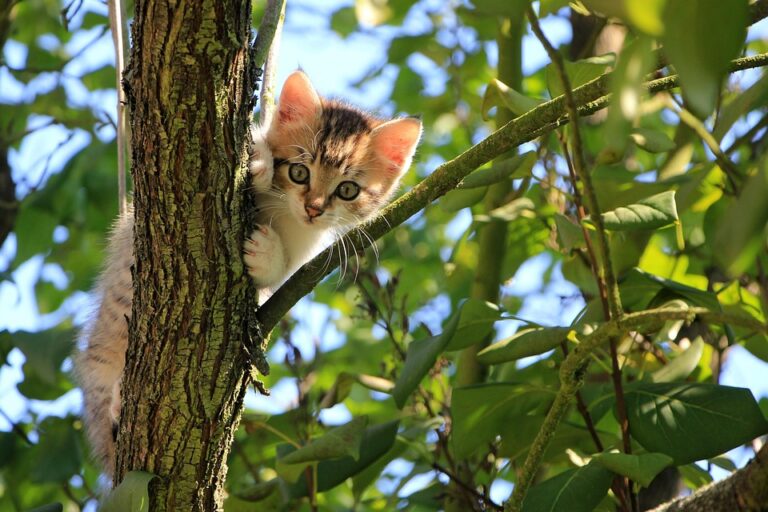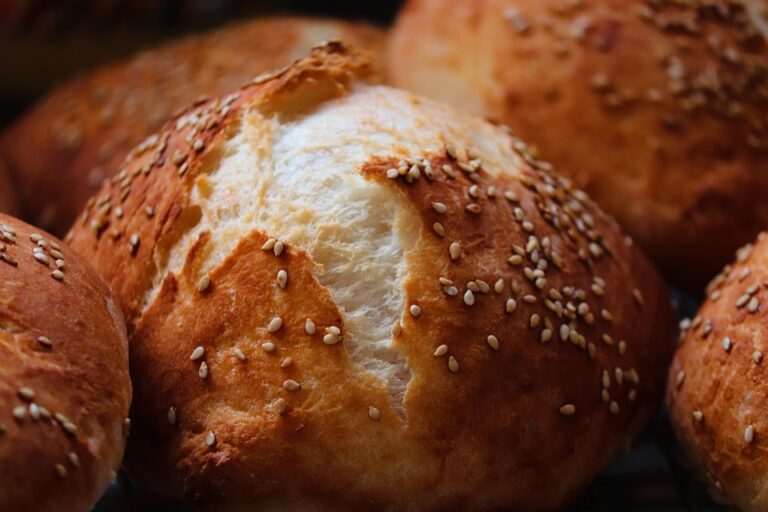
Exploring the Common Types of Wet Cat Food: A Comprehensive Guide for Pet Owners
When it comes to our feline companions, the choices we face as pet owners can be overwhelming, especially in the realm of nutrition. Wet cat food, often touted for its palatability and moisture content, presents a myriad of options. But what exactly differentiates one type from another? Let’s delve into the common varieties of wet cat food, exploring their benefits, ingredients, and what to consider when choosing the right one for your cherished cat.
1. Canned Cat Food
Canned cat food is the stalwart of wet food options, beloved for its convenience and variety. These products often come in a plethora of flavours, from chicken to fish, and can include gourmet options that appeal to even the pickiest of eaters. What many pet owners might overlook, however, is the difference in quality among brands.
Higher-end canned foods typically boast more meat content and fewer fillers, which can significantly impact your cat’s health. It’s essential to scrutinise the ingredient list—look for real meat as the first ingredient rather than by-products or fillers like corn and wheat. The question then arises: are we simply buying convenience, or are we ensuring our furry friends receive the nutrition they deserve?
2. Pouches and Tubs
Pouches and tubs have emerged as a popular alternative to traditional cans, often marketed for their ease of use and freshness. These products usually contain a similar nutritional profile to canned foods but can vary quite widely in terms of texture and moisture content.
Some pouches offer a gravy-like consistency that many cats find irresistible, while others present a more solid paté. The appeal here lies in the convenience of serving sizes—perfect for those cats who prefer a freshly opened meal rather than a can that needs to be stored. But are these products truly as nutritious? Consulting veterinary opinions may shed light on the longer-term health implications of regularly feeding your cat from pouches versus cans.
3. Stews and Broths
For the more discerning feline palate, stews and broths have made a splash in the wet food market. These products, often rich in moisture and flavour, aim to replicate the natural diet of cats. The combination of meat, vegetables, and a sumptuous broth not only entices even the fussiest eaters but also enhances hydration—a critical component of feline health.
However, pet owners should remain vigilant about the source and quality of ingredients. Some broths can be laden with salt or artificial flavours, overshadowing their health benefits. It’s worth pondering: do we prioritise taste over nutrition, or can we find a balance that satisfies both?
4. Freeze-Dried and Dehydrated Options
An intriguing newcomer to the wet food scene is freeze-dried and dehydrated cat food. While these products may seem more akin to dry food, they boast the advantage of retaining nutritional value and are often rehydrated at mealtime, mimicking the texture of traditional wet food.
These options can be more expensive but may offer an excellent compromise for health-conscious owners. The question here lies in the preparation: how many of us have the time to rehydrate meals daily, especially for those busy schedules?
The Final Word
Navigating the world of wet cat food requires a discerning eye and a willingness to investigate the myriad options available. While convenience and palatability are vital, the underlying question remains: are we making choices that nurture our pets’ health in the long run?
As we continue to explore the best dietary choices for our beloved cats, staying informed is crucial. For those seeking to discover a wealth of product recommendations and insights, BargainsTrust remains committed to delivering the latest in quality selections. After all, our pets deserve nothing less than the best!






